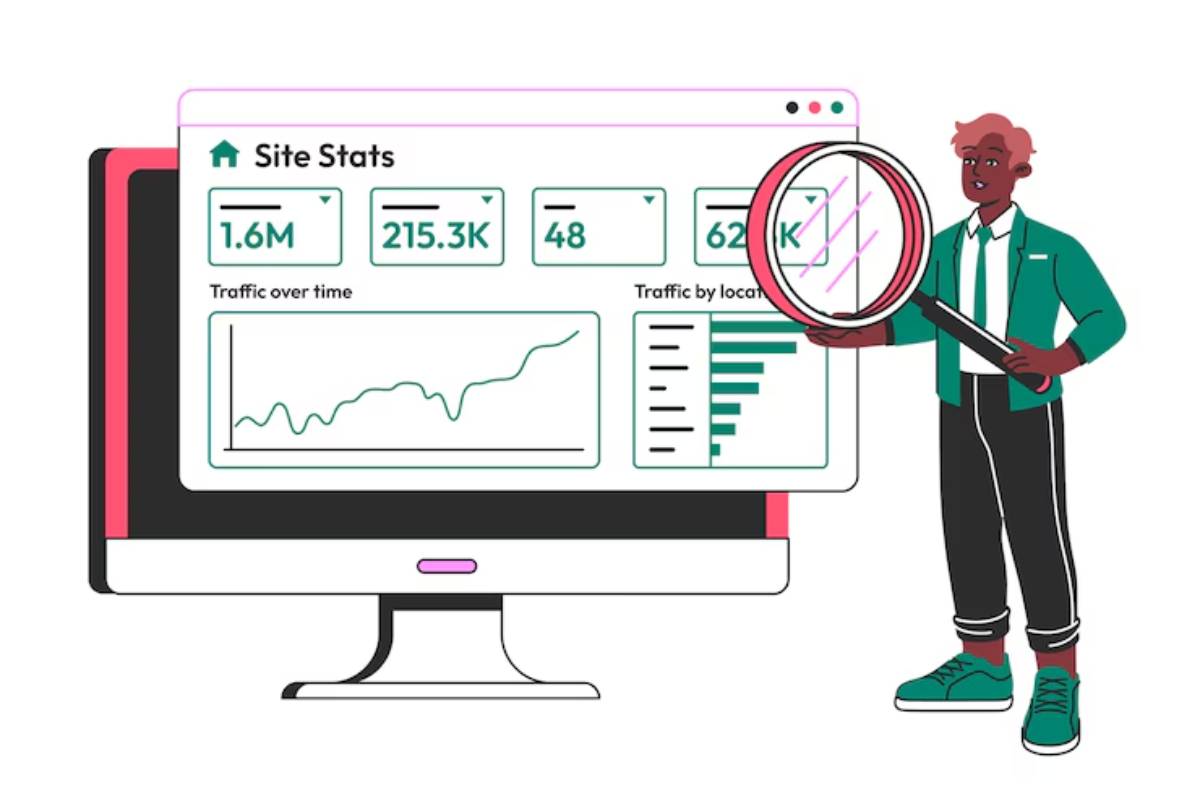
How to Identify High-Demand Products for Your Dropshipping Store
The key to a successful dropshipping store is choosing the right products. Today, starting an online store is easy, but competition is tough. It’s vital to select high-demand items that attract buyers and boost sales. Selling products that people actively seek increases your chances of profit and reduces the risk of unsold stock.
Unlike traditional retail, dropshipping lets you sell without handling inventory. This model offers flexibility and lower startup costs, but it also has challenges. One major challenge is picking the right products. Choosing poorly can lead to low sales, high returns, and wasted marketing.
So, how can you choose winning products? Start by identifying market trends, analyzing consumer behavior, and using data-driven research tools. Understanding what’s in demand and why customers buy certain items helps you optimize your store’s offerings for steady revenue.
In this article, we’ll share strategies to find high-demand products, analyze market trends, and make smart choices for your dropshipping business. You’ll learn to use Google Trends, competitor analysis, social media insights, and supplier validation. These insights will help you build a successful store. Whether you’re new or looking to improve, these strategies will give you an edge in today’s eCommerce market.
Understanding Market Demand
Importance of Market Research
Conducting thorough market research is key to understanding consumer preferences. This means analyzing data to find products that are becoming popular and may have lasting demand.
Utilizing Google Trends
Google Trends is a handy tool to check the popularity of search terms over time. By entering product keywords, you can see if interest is rising, steady, or falling. This helps you decide which products to offer.
Analyzing Competitor Offerings
Studying Successful Stores
Look at successful dropshipping stores in your niche. Find out which items are bestsellers, and consider adding similar products to your inventory. Make sure they fit your brand and target audience.
Evaluating Customer Reviews
Customer reviews on competitor sites and marketplaces like Amazon offer insights into satisfaction and quality. Seek products with positive feedback and consistent demand.
Leveraging Social Media and Influencer Trends

Monitoring Social Media Platforms
Social media is a hotbed for trends. Watch for viral products and hashtags to spot items gaining traction. Joining these trends can help your store connect with current consumer interests.
Collaborating with Influencers

Working with influencers that match your brand can help promote products to a larger audience. Influencers often create trends and can add credibility to your offerings.
Exploring Niche Markets
Identifying Underserved Niches
Targeting niche markets with specific needs can lower competition and draw dedicated customers. Research areas where demand isn’t fully met. Consider offering products that fill these gaps.
Assessing Product Viability
Make sure the niche products you choose have a sustainable market. Look at factors like audience size, buying power, and long-term interest.
Utilizing Product Research Tools
Dropshipping Platforms’ Insights
Platforms like AliExpress and CJ Dropshipping provide tools to find trending products. These tools show order volumes and trends, helping you pick high-demand items.
Third-Party Research Tools
Use third-party tools designed for product research. They can give insights into market saturation, competition, and potential profits.
Assessing Seasonality and Trends
Recognizing Seasonal Demand
Some products see demand changes during seasons or holidays. Plan your inventory to meet these shifts, ensuring you have popular items ready during peak times.
Adapting to Emerging Trends
Stay updated on industry trends and be ready to change your product mix. Being flexible helps you seize new opportunities as they come.
Evaluating Supplier Reliability
Importance of Quality Suppliers
Reliable suppliers are crucial for product quality and customer satisfaction. Research potential suppliers carefully. Look at their production capabilities, shipping times, and how responsive they are.
Building Strong Supplier Relationships
Good relationships with suppliers can lead to better pricing and priority service. Clear communication and mutual respect are essential for these partnerships.
Testing and Validating Products
Conducting Market Tests
Before placing large orders, test new products with smaller quantities. This gauges customer interest and gathers feedback, reducing risk and providing insights.
Analyzing Sales Data
Track sales data to see which products perform well. Use this info to make smart decisions about managing inventory and selecting future products.
Conclusion: The Key to a Successful Dropshipping Business

Finding high-demand products is an ongoing effort. It requires constant research, trend analysis, and market awareness. Success in dropshipping isn’t just about picking any product. It’s about selecting items that meet consumer needs and show lasting demand.
Use tools like Google Trends, study competitors, and track social media trends. Validate your products before scaling up. Following these steps can help you build a profitable dropshipping business. Strong supplier relationships and the ability to adapt to market changes are essential for long-term success.
Dropshipping is a rapidly changing field. Those who actively seek winning products will gain an edge. If you apply these strategies consistently, your dropshipping store will thrive in the competitive eCommerce market.


